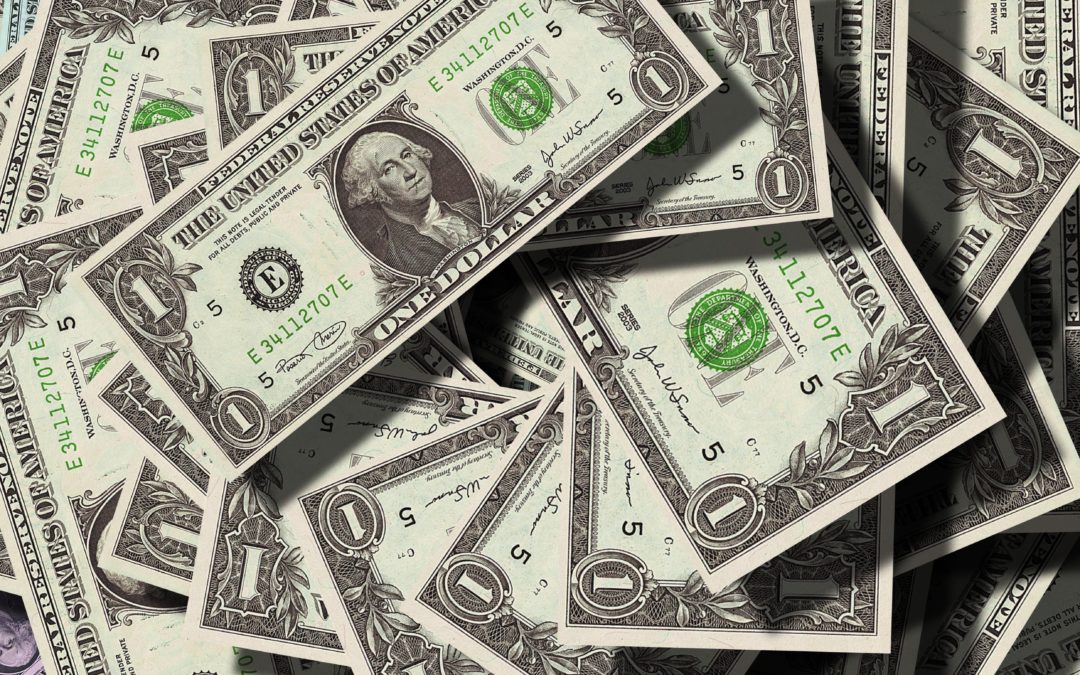The more you pay down your mortgage, the more equity you have in your home. And the more equity you have? The more cash you can access in a refinance.
Yes, you read that right: more equity equals more potential cash.
It’s called a cash-out refinance, and it essentially replaces your current mortgage loan with a higher-balance one. You then get the difference back in cash.
Here’s an example: Let’s say you owe $200,000 on your home, and you refinance into a $260,000 loan. You’ll then get $60,000 back (as a lump-sum payment) after closing.
It will mean a larger monthly payment in many cases (or a longer repayment term), but if you’re needing cash, it’s often your most affordable option. Other financing products (credit cards and personal loans, specifically) come with sky-high interest rates and will cost you more in the long-run.
Why Would You Want a Cash-out Refinance?
There are several reasons you may want to use a cash-out refinance. First and foremost, they can help you cover home renovations. If you’re smart about which renovations you use them on, the refinance might even pay for itself when you re-sell the house at a higher price point. Another bonus? Cash-out refinances usually come with lower interest rates than other renovation-financing options, like home equity lines of credit and home equity loans.
Debt consolidation is another popular reason for choosing a cash-out refinance. With a cash-out refinance, you can use your lump sum payment to cover anything you like — including paying off high-interest credit cards, car loans and other debts you might have. This comes with a two-fold benefit: first, you pay less in interest over time, and second, you get an almost instant boost in credit score. Another perk is you can deduct your mortgage interest (to an extent) from your annual tax returns. Credit card and car loan interest? Those aren’t deductible at all.
You may also want a cash-out to cover other costs you’ll dealing with. We often see homeowners use this refinancing option to help with high medical bills, their child’s college tuition, vacation costs and more.
Other Cash-out Refinancing Considerations
You have options when it comes to your cash-out refinance. Though it’s not technically a “rate or term refinance,” you can use this time to change your rate, monthly payment or repayment term.
Are you looking for a lower rate or payment? This could happen one of two ways: either market rates are lower than the rate on your current loan, or you’re willing to take on a longer-term loan. By spreading your payments further out over time, you can reduce your payments and ease the monthly financial burden.
If you’re hoping to pay off your loan sooner, you could also choose a shorter-term loan. This would mean a higher monthly payment but significantly less in interest paid over the life of the mortgage.
Is a Cash-out Refinance Right for You?
As with your initial mortgage, there will be various closing costs and fees when you refinance your loan. Before moving forward, make sure you have the funds to cover these and that the benefits you’re gaining from the refinance outweigh the costs. Be sure to factor in private mortgage insurance (both up-front and over the long-haul), if you’re planning on borrowing more than 80 percent of your property’s value.
Do you want to learn more about cash-out refinancing? Just not sure whether it’s right for your finances and goals? Then contact a loan expert at Sunray Mortgage today. We’re here to help.












